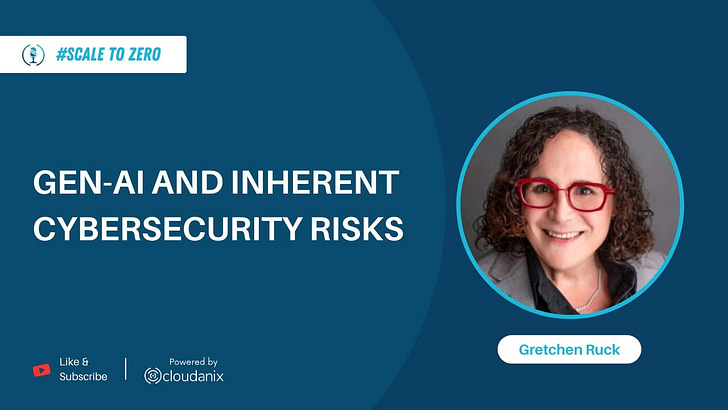Generative AI Security Best Practices Checklist
Credits: Cloudanix
Data Security
Data Privacy: Ensure compliance with data privacy regulations like GDPR and CCPA.
Data Minimization: Collect and store only the necessary data for training and inference.
Data Anonymization and Pseudonymization: Anonymize or pseudonymize personal data to protect privacy.
Secure Data Storage: Store data securely using encryption and access controls.
Model Security
Model Security Testing: Conduct thorough security testing to identify and mitigate vulnerabilities.
Adversarial Attacks: Protect models from adversarial attacks by implementing robust defenses.
Model Poisoning: Prevent malicious actors from corrupting training data.
Intellectual Property Protection: Safeguard proprietary models and algorithms.
Deployment Security
Secure Deployment: Deploy models securely in production environments, considering factors like network security and access controls.
Monitoring and Logging: Monitor model performance and security metrics to detect anomalies.
Incident Response: Have a plan in place to respond to security incidents.
Usage and Governance
Responsible AI: Develop guidelines for ethical and responsible use of generative AI.
User Access Control: Implement strict access controls to limit access to sensitive models and data.
Regular Audits and Reviews: Conduct regular security audits and reviews to identify and address potential risks.
Emerging Threats and Mitigation
AI-Powered Attacks: Stay updated on emerging AI-powered attacks and develop countermeasures.
Model Theft: Protect models from theft through watermarking and other techniques.
Bias and Fairness: Mitigate bias and ensure fairness in AI models.
By following these best practices, organizations can harness the power of generative AI while mitigating security risks.



